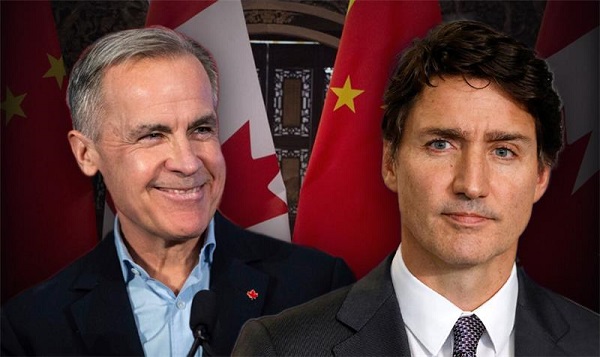Energy
US LNG uncertainty is a reminder of lost Canadian opportunities
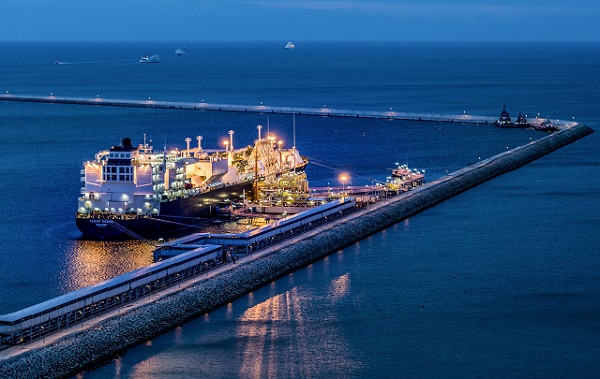
From Resource Works
Canada has missed opportunities to supply Europe with LNG due to political missteps and regulatory barriers, despite having the resources and potential.
For almost three years now, Europe has not been able to figure out how it will replace the cheap, plentiful supply of Russian gas it once enjoyed. Since Russia invaded Ukraine, the EU member states have made drastic moves to curtail their reliance on Russian energy, specifically Russian gas.
In an ideal world, the diversification of the EU’s energy supply would have been Canada’s golden opportunity to use its vast LNG capabilities to fill the gap.
Canada has all the right resources at its disposal to become one of the EU’s premier energy sources, with enormous natural gas reserves lying in the ground and shores upon three of the world’s four oceans. The problem is that Canada lacks both the right infrastructure and the necessary political will to get it built.
The fact that Canada is not a favored supplier of LNG to Europe is the consequence of political missteps and a lack of vision at the highest levels of government. It was reported by the Financial Times that outgoing United States President Joe Biden’s freeze on new LNG export permits and clashes with activists have created uncertainty over future supply growth.
Missteps and onerous regulatory barriers have kept Canada shackled and unable to reach its full potential, leaving us on the sidelines as other countries take the place that should have been Canada’s as an energy supplier for the democratic world.
To this day, European leaders like Greek Prime Minister Kyriakos Mitsotakis, German Chancellor Olaf Scholz, and Polish President Andrzej Duda have indicated their openness to adding Canadian LNG to their domestic supply.
However, no plans for supplying Canadian LNG to Europe have come to fruition. The absence of any commitment from the federal government to take those possibilities seriously is the result of decisions that now look like major mistakes in hindsight.
Two of these are cancelled energy projects on the Atlantic coast: the Energy East oil pipeline and the proposed expansion of an LNG terminal in New Brunswick.
Canada’s Pacific coast is now a hub of LNG development, with three planned facilities well underway, and there are hungry markets in Asia ready to receive their products. It is a shame that the Atlantic coast is being left behind during Canada’s burgeoning LNG renaissance. The economic situation in the Maritimes has long been challenging, leading to emigration to the Western provinces and stagnation back at home.
LNG projects in British Columbia have proven to be job machines and drivers of economic revitalization in formerly impoverished regions that were gutted when fishing, mining, and forestry went downhill in the 1980s.
The potential to both help Atlantic Canada level back up economically while becoming the bridge for energy exports to Europe was halted by the cancellation of the Energy East pipeline and a proposed LNG terminal in Saint John, New Brunswick.
Proposed by TransCanada (since renamed to TC Energy) to the National Energy Board in 2014, Energy East would have been a 4,600-kilometer pipeline with the capacity to transport over a million barrels of crude oil from Alberta to refineries in New Brunswick and Quebec. While it is true that Europe is more interested in LNG than crude oil, the completion of one great project encourages more and could have gotten the ball rolling on further energy infrastructure.
Had Energy East been constructed, it would have served as a symbol to investors and energy industry players that Canada was serious about west-to-east projects. Unfortunately, in 2017, TransCanada withdrew from the project due to regulatory disagreements and uncertainty.
In 2019, the federal government passed Bill C-69, AKA the “no more pipelines” law, leading to even more complex and restrictive regulations for new energy projects. When there should have been momentum on energy infrastructure building, there came only more cascading bad news.
A proposed expansion of Repsol’s LNG terminal in Saint John, New Brunswick, another potential gateway for Canadian energy to get through to Europe, was abandoned due to the projected high costs and poor business case.
The idea of LNG on the East Coast making for a poor business case has been repeated by the federal government many times. However, in documents accessed by The Logic, it was revealed that Global Affairs Canada has, in fact, stated the opposite, and that there was great potential to increase rail and pipeline networks on the Atlantic.
Furthermore, Canada is capable of shipping LNG from the Western provinces to the East Coast because of our access to the vast pipeline networks of the United States.
As a result of these regrettable decisions, Canadians can only watch as lost opportunities to provide LNG to the democratic world are filled by other countries. Every downturn or disruption in the energy exports of other countries is a sore reminder of Canada’s lost opportunities.
Canada needs more vision, certainty, and drive when it comes to building the future of Canadian energy. In the words of Newfoundland and Labrador Premier Andrew Furey, “We will be all in on oil and gas for decades and decades to come…because the world needs us to be.”
Alberta
IEA peak-oil reversal gives Alberta long-term leverage

This article supplied by Troy Media.
The peak-oil narrative has collapsed, and the IEA’s U-turn marks a major strategic win for Alberta
After years of confidently predicting that global oil demand was on the verge of collapsing, the International Energy Agency (IEA) has now reversed course—a stunning retreat that shatters the peak-oil narrative and rewrites the outlook for oil-producing regions such as Alberta.
For years, analysts warned that an oil glut was coming. Suddenly, the tide has turned. The Paris-based IEA, the world’s most influential energy forecasting body, is stepping back from its long-held view that peak oil demand is just around the corner.
The IEA reversal is a strategic boost for Alberta and a political complication for Ottawa, which now has to reconcile its climate commitments with a global outlook that no longer supports a rapid decline in fossil fuel use or the doomsday narrative Ottawa has relied on to advance its climate agenda.
Alberta’s economy remains tied to long-term global demand for reliable, conventional energy. The province produces roughly 80 per cent of Canada’s oil and depends on resource revenues to fund a significant share of its provincial budget. The sector also plays a central role in the national economy, supporting hundreds of thousands of jobs and contributing close to 10 per cent of Canada’s GDP when related industries are included.
That reality stands in sharp contrast to Ottawa. Prime Minister Mark Carney has long championed net-zero timelines, ESG frameworks and tighter climate policy, and has repeatedly signalled that expanding long-term oil production is not part of his economic vision. The new IEA outlook bolsters Alberta’s position far more than it aligns with his government’s preferred direction.
Globally, the shift is even clearer. The IEA’s latest World Energy Outlook, released on Nov. 12, makes the reversal unmistakable. Under existing policies and regulations, global demand for oil and natural gas will continue to rise well past this decade and could keep climbing until 2050. Demand reaches 105 million barrels per day in 2035 and 113 million barrels per day in 2050, up from 100 million barrels per day last year, a direct contradiction of years of claims that the world was on the cusp of phasing out fossil fuels.
A key factor is the slowing pace of electric vehicle adoption, driven by weakening policy support outside China and Europe. The IEA now expects the share of electric vehicles in global car sales to plateau after 2035. In many countries, subsidies are being reduced, purchase incentives are ending and charging-infrastructure goals are slipping. Without coercive policy intervention, electric vehicle adoption will not accelerate fast enough to meaningfully cut oil demand.
The IEA’s own outlook now shows it wasn’t merely off in its forecasts; it repeatedly projected that oil demand was in rapid decline, despite evidence to the contrary. Just last year, IEA executive director Fatih Birol told the Financial Times that we were witnessing “the beginning of the end of the fossil fuel era.” The new outlook directly contradicts that claim.
The political landscape also matters. U.S. President Donald Trump’s return to the White House shifted global expectations. The United States withdrew from the Paris Agreement, reversed Biden-era climate measures and embraced an expansion of domestic oil and gas production. As the world’s largest economy and the IEA’s largest contributor, the U.S. carries significant weight, and other countries, including Canada and the United Kingdom, have taken steps to shore up energy security by keeping existing fossil-fuel capacity online while navigating their longer-term transition plans.
The IEA also warns that the world is likely to miss its goal of limiting temperature increases to 1.5 °C over pre-industrial levels. During the Biden years, the IAE maintained that reaching net-zero by mid-century required ending investment in new oil, gas and coal projects. That stance has now faded. Its updated position concedes that demand will not fall quickly enough to meet those targets.
Investment banks are also adjusting. A Bloomberg report citing Goldman Sachs analysts projects global oil demand could rise to 113 million barrels per day by 2040, compared with 103.5 million barrels per day in 2024, Irina Slav wrote for Oilprice.com. Goldman cites slow progress on net-zero policies, infrastructure challenges for wind and solar and weaker electric vehicle adoption.
“We do not assume major breakthroughs in low-carbon technology,” Sachs’ analysts wrote. “Even for peaking road oil demand, we expect a long plateau after 2030.” That implies a stable, not shrinking, market for oil.
OPEC, long insisting that peak demand is nowhere in sight, feels vindicated. “We hope … we have passed the peak in the misguided notion of ‘peak oil’,” the organization said last Wednesday after the outlook’s release.
Oil is set to remain at the centre of global energy demand for years to come, and for Alberta, Canada’s energy capital, the IEA’s course correction offers renewed certainty in a world that had been prematurely writing off its future.
Toronto-based Rashid Husain Syed is a highly regarded analyst specializing in energy and politics, particularly in the Middle East. In addition to his contributions to local and international newspapers, Rashid frequently lends his expertise as a speaker at global conferences. Organizations such as the Department of Energy in Washington and the International Energy Agency in Paris have sought his insights on global energy matters.
Troy Media empowers Canadian community news outlets by providing independent, insightful analysis and commentary. Our mission is to support local media in helping Canadians stay informed and engaged by delivering reliable content that strengthens community connections and deepens understanding across the country.
Alberta
READ IT HERE – Canada-Alberta Memorandum of Understanding – From the Prime Minister’s Office
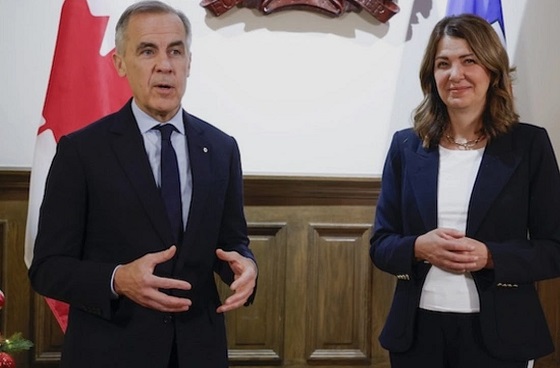
-

 Alberta14 hours ago
Alberta14 hours agoFrom Underdog to Top Broodmare
-
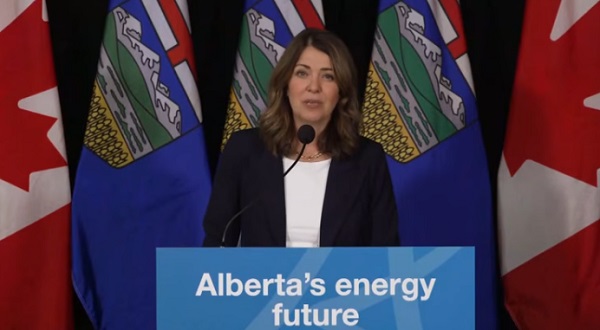
 Alberta2 days ago
Alberta2 days agoAlberta and Ottawa ink landmark energy agreement
-

 International2 days ago
International2 days agoAfghan Ex–CIA Partner Accused in D.C. National Guard Ambush
-

 Energy1 day ago
Energy1 day agoPoilievre says West Coast Pipeline MOU is no guarantee
-
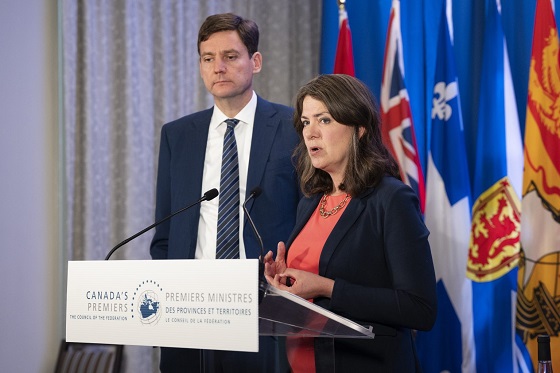
 Alberta1 day ago
Alberta1 day agoWest Coast Pipeline MOU: A good first step, but project dead on arrival without Eby’s assent
-

 Carbon Tax2 days ago
Carbon Tax2 days agoCanadian energy policies undermine a century of North American integration
-
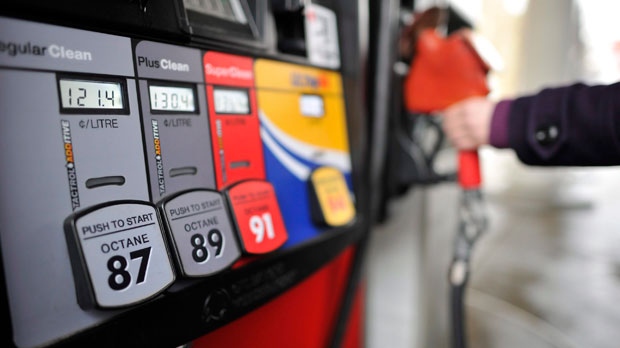
 Business16 hours ago
Business16 hours agoHigher carbon taxes in pipeline MOU are a bad deal for taxpayers
-
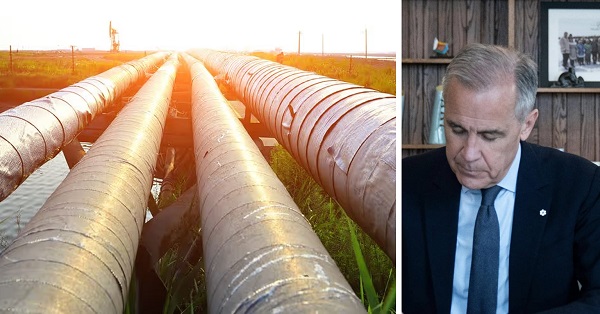
 Energy1 day ago
Energy1 day agoWill the New West Coast Pipeline MoU Lead to Results? Almost Certainly Not According to AI









